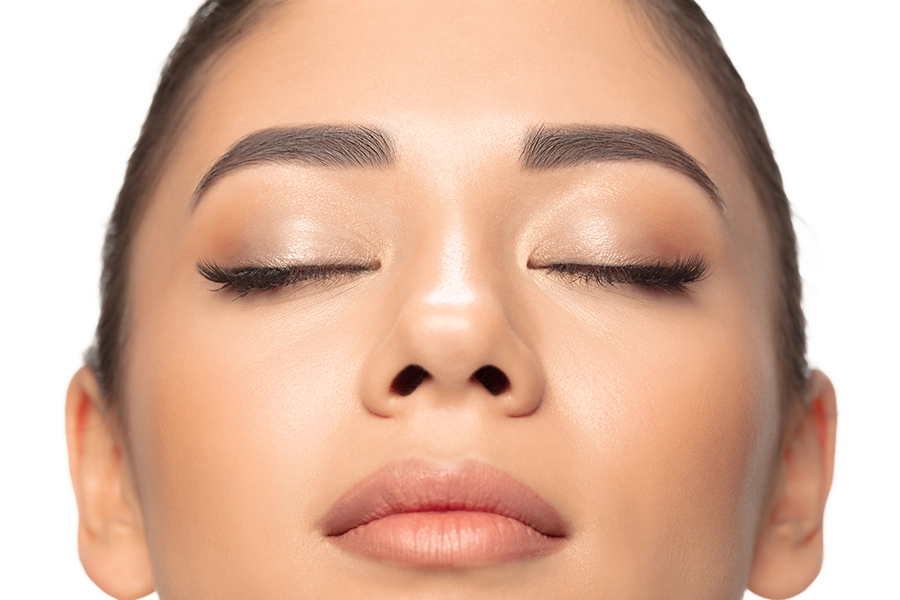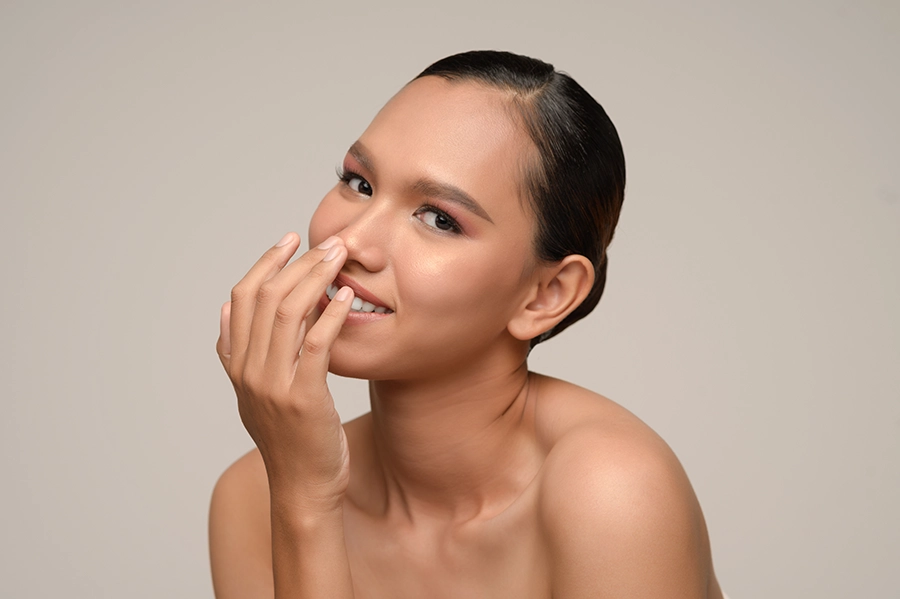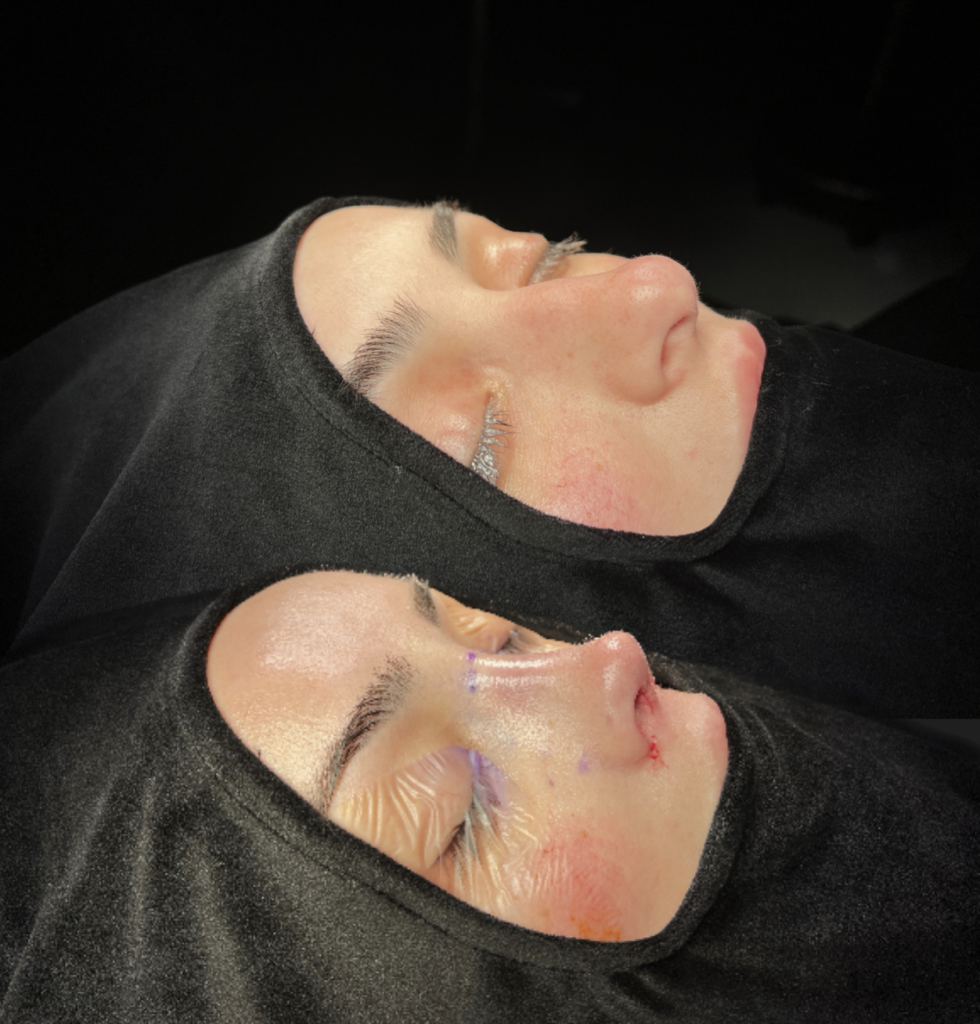What is cartilage on nose?
Cartilage on the nose is an efficient approach for revision and ethnic nose surgery patients. We can perform all reshapings regarding rib cartilage graft materials in revision cases and some primary rhinoplasty operations. If planning a revision nose job operation, a technique used in the first surgery is essential. The first rhinoplasty is generally performed by removing the nasal bone and cartilage (the open roof rhinoplasty=structural rhinoplasty ).
Why is it necessary to use cartilage in the nose?
In this open-roof technique, nasal cartilage is mainly used to shape the new nose through plastic surgery. For this reshaping aim, nasal septum cartilage usage is essential for the best results. However, in the preservation rhinoplasty operations, enough cartilage mostly left on the nose for revision surgery. In fact, in preservation rhinoplasty surgeries, the intranasal cartilage is often not touched at all or is sufficient to use a minimal amount. Despite the possibility of revision, leaving the nose’s cartilage (Septum) is one of the essential advantages of dorsal preservation rhinoplasty, and I prefer this technique.
What kind of cartilage materials are used in the rhinoplasty surgeries?
If there is not enough cartilage in the nose and cartilage is required for structural support, we have some options. These revised rhinoplasty cartilage alternatives are ear cartilage, the patient’s rib, and cadaveric cartilage.
Ear cartilage can be used for more limited revisions (Minor Revision = Limitedly Retouch), but it has handicaps such as the amount being fixed and curved shape. I use ear cartilage grafts only tip of nose. For this reason, I rarely prefer ear cartilage. But, rib cartilage is more materials when the need for revision nose aesthetics cartilage is significant. In addition, we can often use camouflage materials such as muscle sheath and cartilage membrane, especially in detailed revision surgeries.
When it comes to using rib cartilage, we have some alternatives such as using the patient’s own cartilage (Autofraft) or cadaver cartilage (Allograft).

The patient’s own rib usage:
Main disadvantage of revision rhinoplasty rib cartilage usage is second incision and this scar. Moreover, this graft harvesting surgery is extended by about 1 hour of total general anestesia time. For less scar visibility aim, I prefer to take this cartilage with an endoscopic approach and 1.5-2,5 cm less visible incision.
The advantage of using an endoscope herein is that it has a more limited incision and scar, as well as less damage to surrounding tissues. It offers a speedy and comfortable healing process. I also believe that the risk and complications of this method experienced hands are quite low.
Cadaveric rib cartilage is a current and good alternative:
In the case of some revision and ethnic nose surgery, cadaveric rib cartilage is also a good option. This allorafts commercially available fresh frozen or irradiated products. Fresh frozen cartilage grafts ara very high secure materials with a good transportation chains Irradiated rib cartilage grafts also a good and convenient materials regarding to high doses of radiation. Allografts disadvantage is that its price is high, avaregely 1400 Euro. But advantage is no need for a second surgery area (donor area scar and jeopardy).
Rib cartilage usage at revision nose aesthetics has also been the first choice in my practice. Because of the long-term negative consequences such as bending and twisting very very seldomly with the new cartilage preparation methods, such as oblique split carving technique, which have developed recently.
Which method is better when it is necessary to use cartilage in the nose?
When the possibility of revision nose aesthetic cartilage usage comes to the fore, it is absolutely necessary to learn the technique of the first surgery and discuss the events in advance. If I am going to use it, I will use the patient’s rib (Autograft) if needs a lot of cartilage . But if I will need limitedly cartilage on nose, mostly I prefer allograft materials. I have been using cadaver cartilage for the past 10 years, and I am also pleased with the long term results. Also, when I talk to many colleagues friends, surgeons who prefer cadaveric cartilage, having unanimously with me increases my confidence in this method.
Summary:
If it is necessary to use external cartilage in rhinoplasty for any reason, the most commonly used reconstruction material for this purpose is rib cartilage. The need to use external cartilage is a frequently preferred method in revision and ethnic nose structures. For this purpose, one’s own rib or cadaver cartilage can be preferred. Both methods are successful applications that give very good results. Details of these applications should be decided with detailed information and discussion with the patient which cartilage taken by which method may be suitable. The advantages and disadvantages of autograft or allograft should be a decision that the patient can make with the suggestions of the surgeon.













